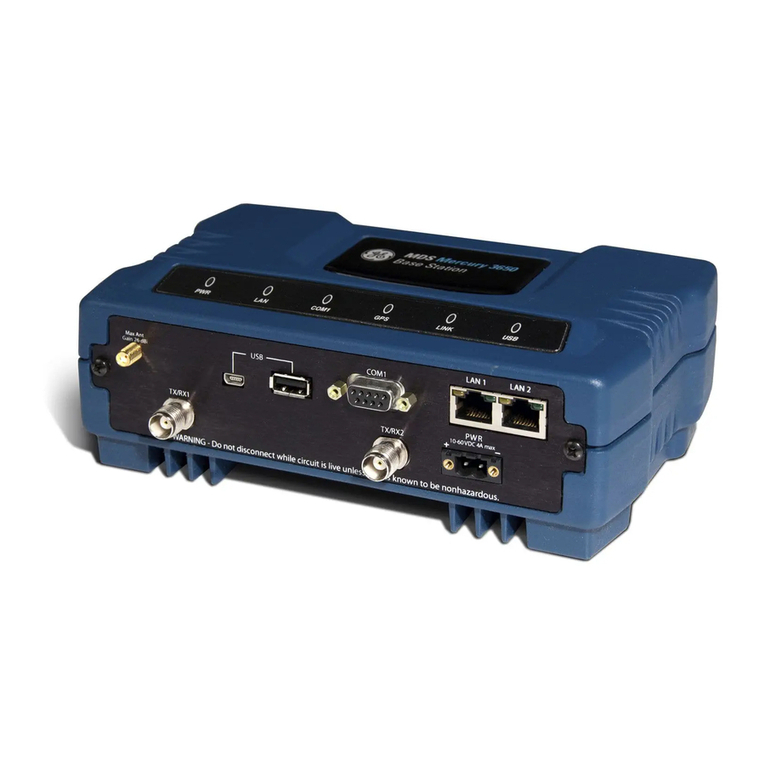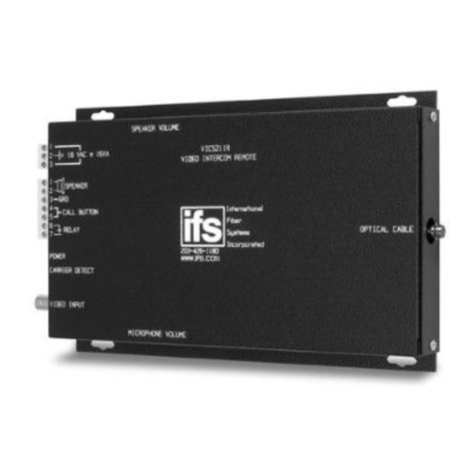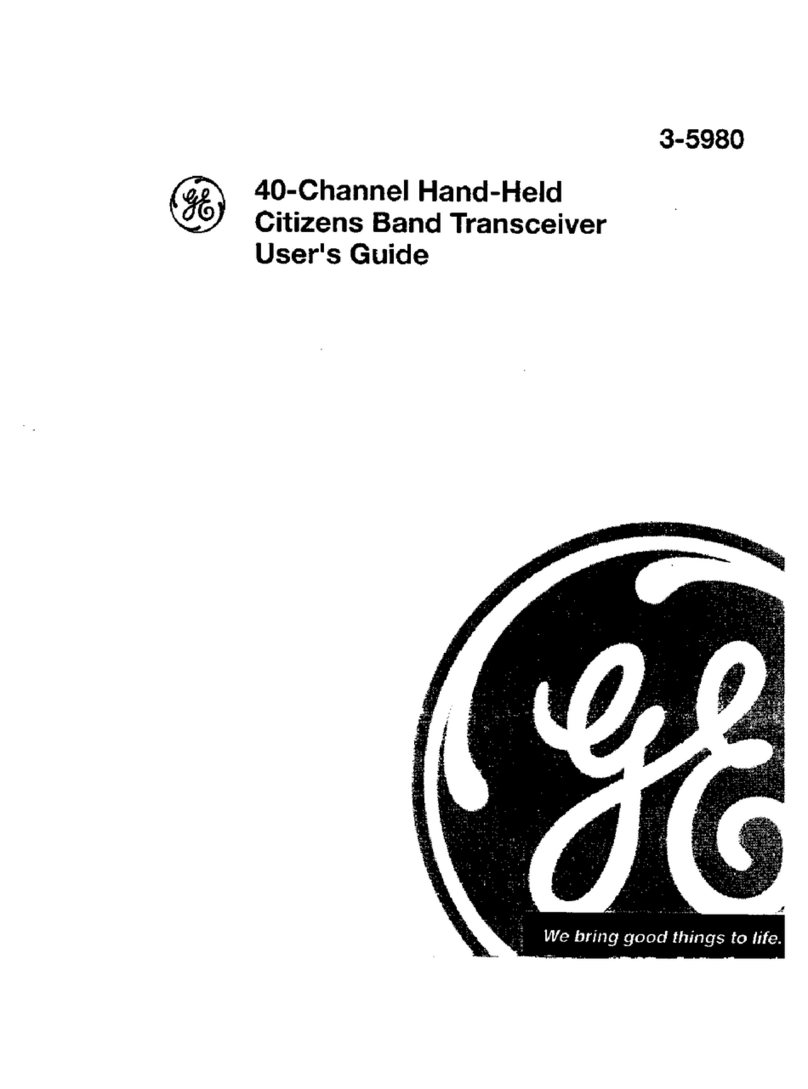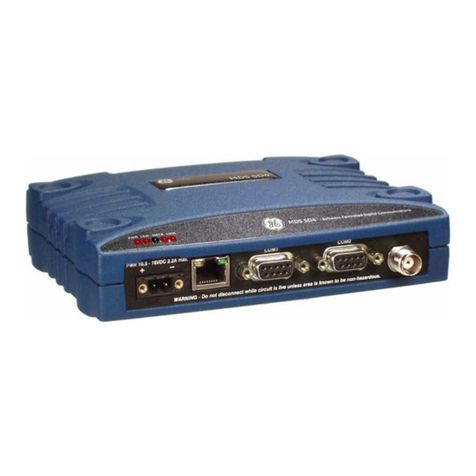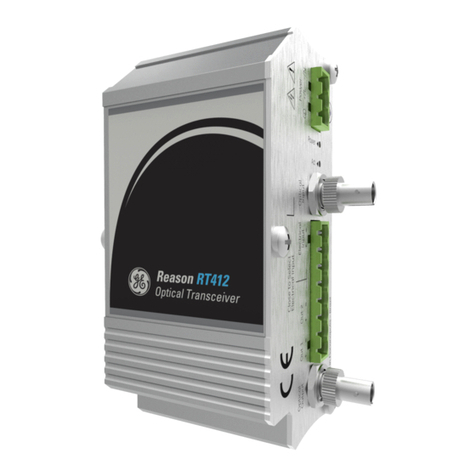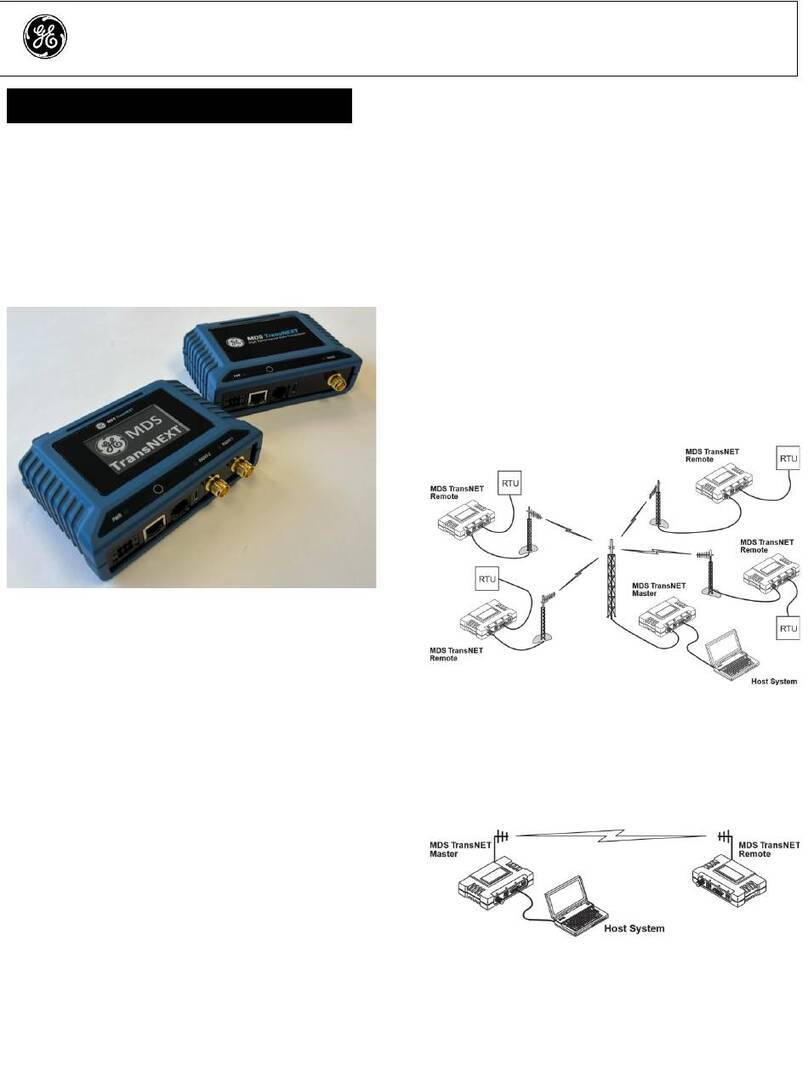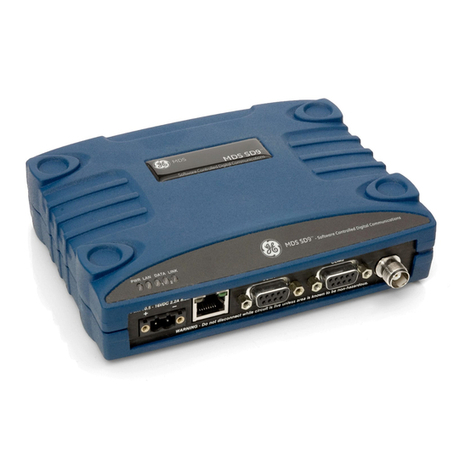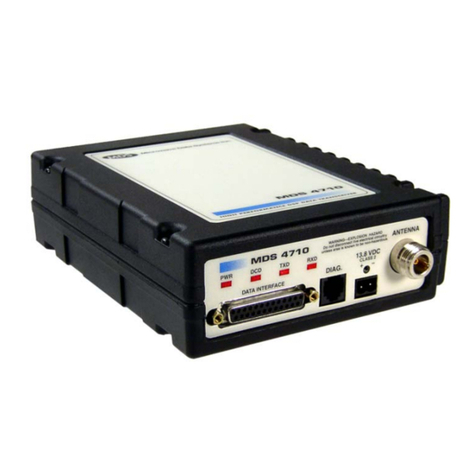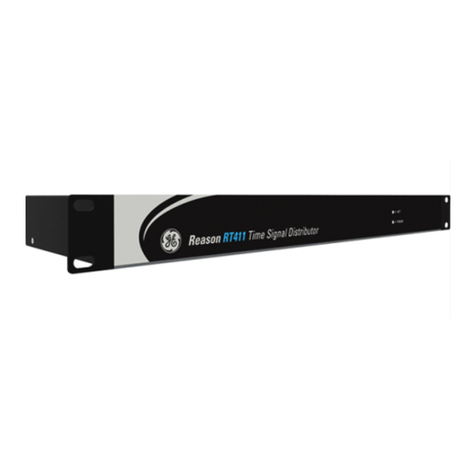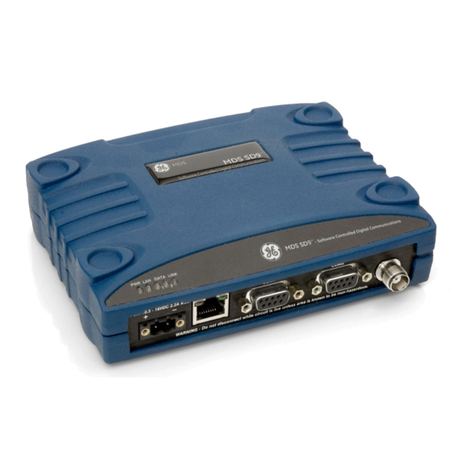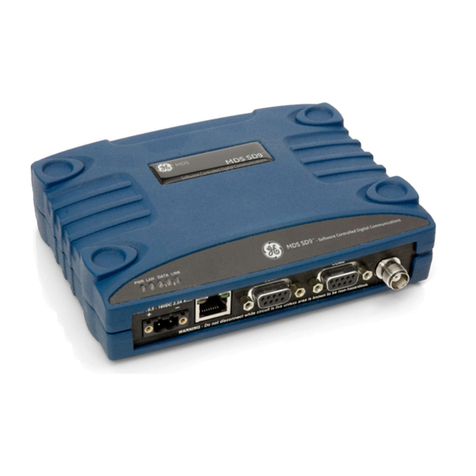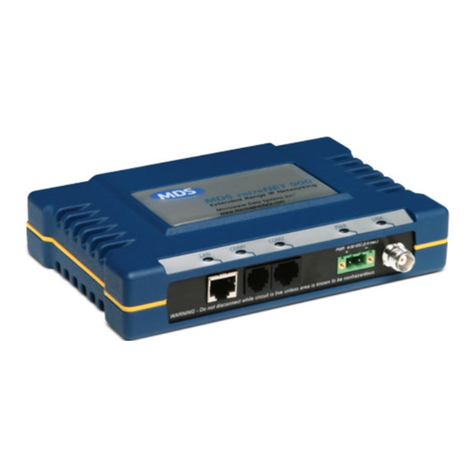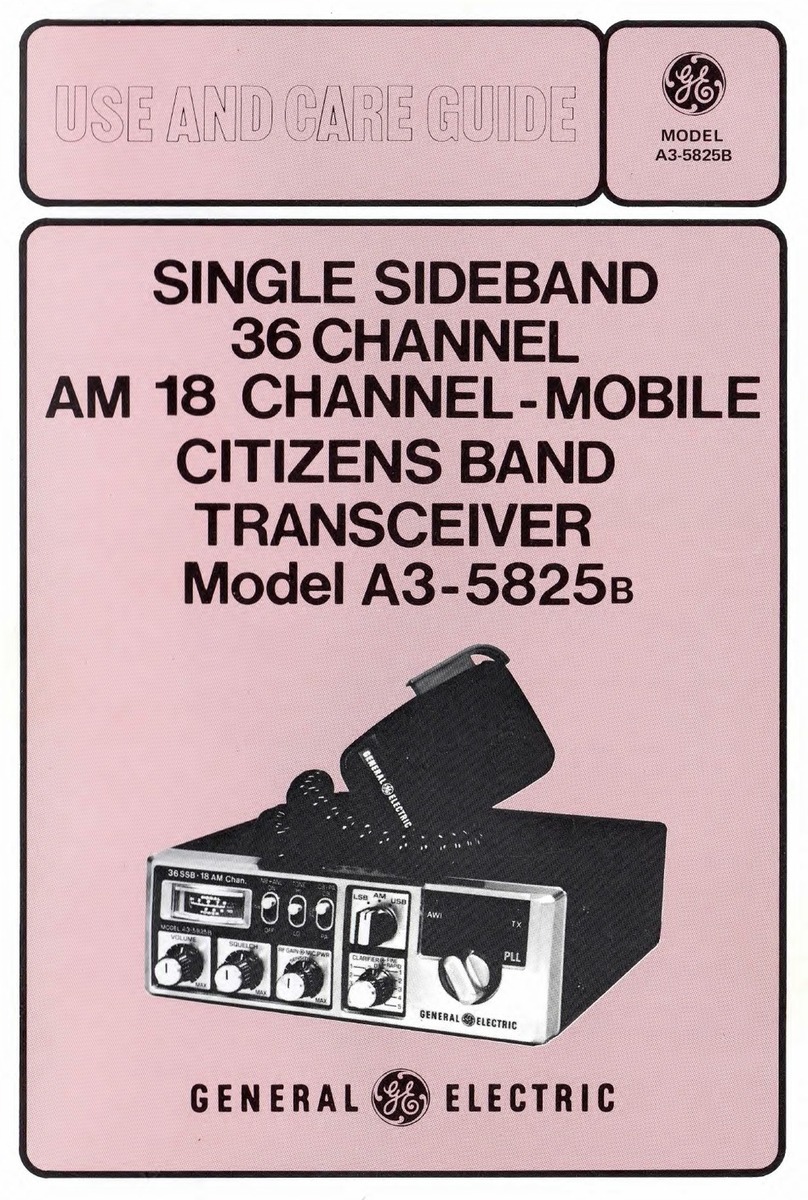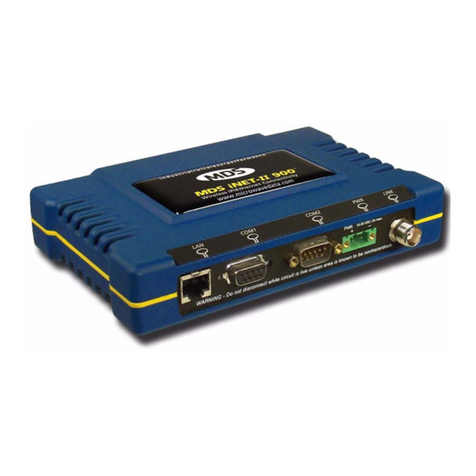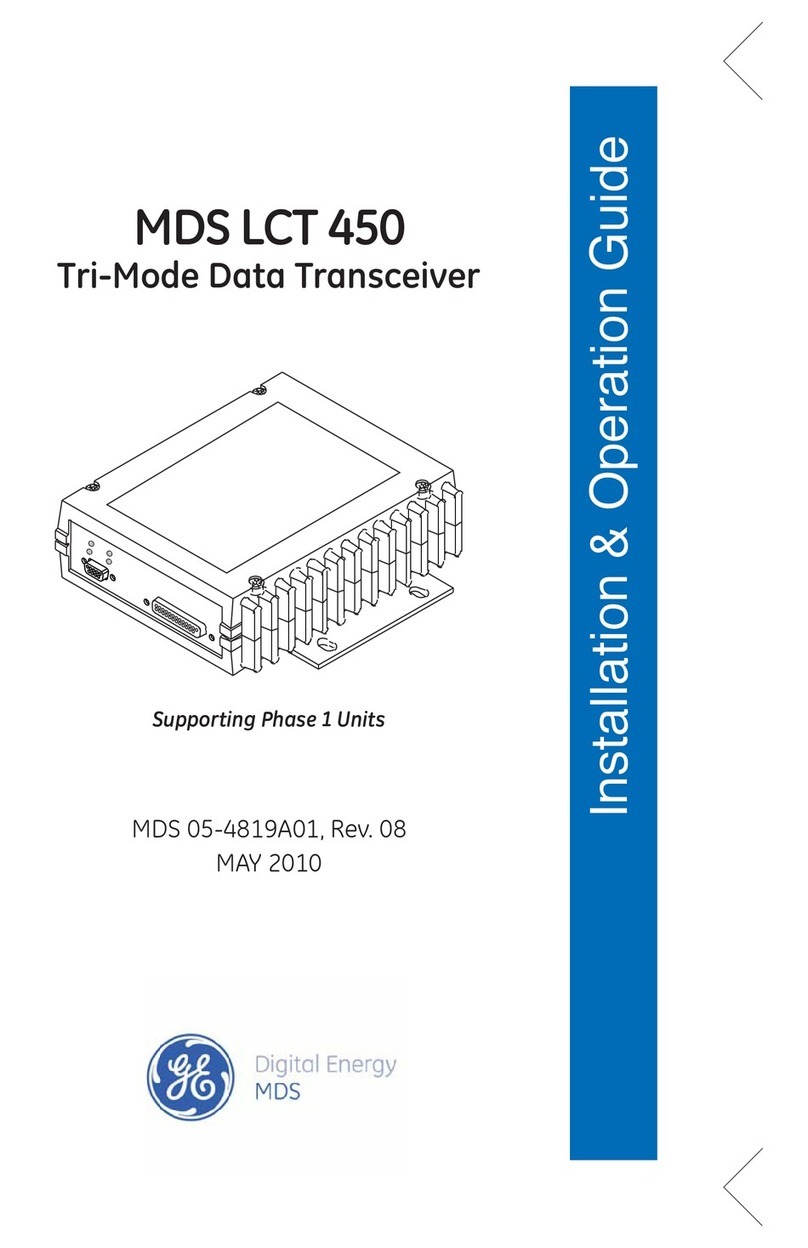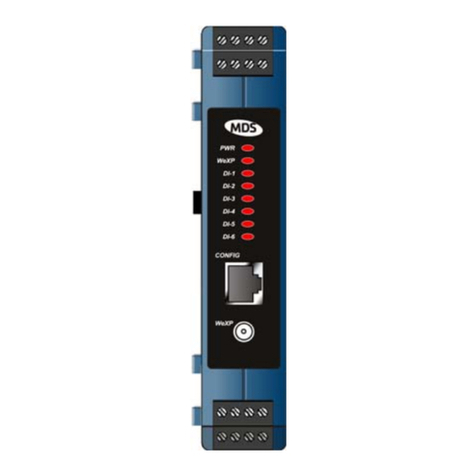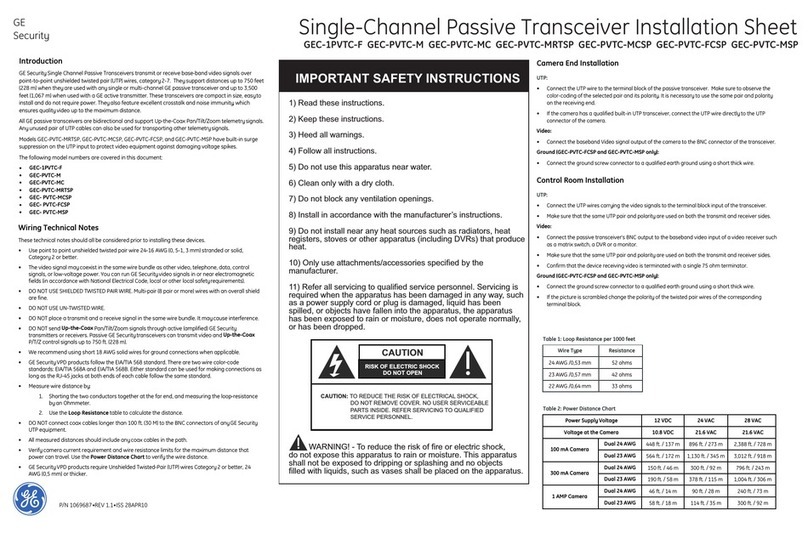
ii SD Series Ref. Manual (Packet & Transparent Mode) MDS 05-4846A01, Rev. C
Inter-Packet Gap Settings.......................................................................................................27
Baud Rate Setting...................................................................................................................27
Modem Type Setting...............................................................................................................27
Ethernet Settings ....................................................................................................................28
6.0 MANAGING THE TRANSCEIVER.....................................................................................29
6.1 Menu Access ...............................................................................................................................29
6.2 Menu Structure ............................................................................................................................30
6.3 Menu Navigation .........................................................................................................................30
6.4 Logging Out of the Menu System ................................................................................................30
6.5 Task-Oriented Menu Chart ..........................................................................................................32
6.6 Using the Menu System—Common Tasks ..................................................................................36
Viewing Status and Performance Information.........................................................................36
6.7 View/Set Radio (RF) Operating Parameters ...............................................................................42
RF Output Power Setting........................................................................................................42
Modem Type Setting...............................................................................................................42
RX and TX Frequencies..........................................................................................................43
Soft-Carrier Dekey Setting......................................................................................................44
RX and TX Time-Out Settings.................................................................................................44
Datakey Setting.......................................................................................................................46
RTSkey Setting.......................................................................................................................46
Push-To-Talk Delay.................................................................................................................46
Clear-to-Send Delay ...............................................................................................................46
Switched Carrier Setting (B Modems Only)............................................................................47
Listen Before Transmit (LBT) Feature.....................................................................................47
View Received Signal Strength (RSSI)...................................................................................49
6.8 View/Set Device Configuration ....................................................................................................50
Viewing Serial Number and Version Information ....................................................................50
Setting Owner Name/Message...............................................................................................51
Enabling/Disabling Sleep Mode..............................................................................................52
Setting Serial COM LED Mode ...............................................................................................53
Viewing/Setting Radio Mode...................................................................................................53
Setting the User Interface Type ..............................................................................................53
Configuring the Radio to Support Multiple Hosts....................................................................54
Configuring Packet Settings....................................................................................................55
Configuring Diagnostic Settings..............................................................................................56
6.9 Security Settings .........................................................................................................................58
Setting a Password.................................................................................................................58
Setting the AES Wireless Security Parameters ......................................................................59
Menu.......................................................................................................................................60
6.10 Ethernet Configuration ..............................................................................................................62
Configuring the IP Settings.....................................................................................................62
Ethernet Bridging....................................................................................................................64
IP Payload Configuration Settings..........................................................................................66
IP Payload Configuration—Menu Selections..........................................................................69
6.11 Serial Configuration ...................................................................................................................71
Configuring COM1 Settings....................................................................................................72
Configuring COM2 Settings....................................................................................................73
6.12 Maintenance & Diagnostic Tests ..............................................................................................75
